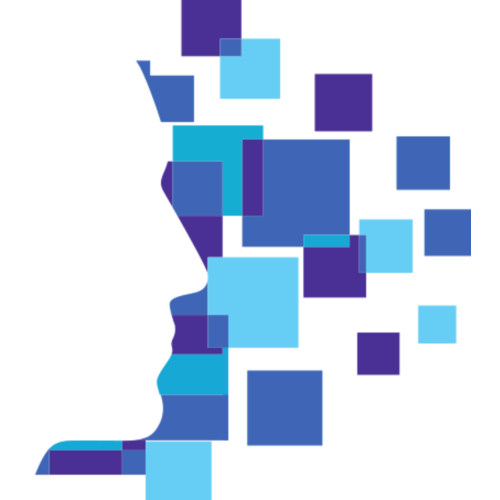Enterprise Agility is not just about adaptability. It is a holistic organizational, social, and business model that enables companies to thrive under accelerated change and exponential market conditions, while balancing customer needs, company value, and workforce wellbeing.
To understand why Enterprise Agility is vital today, we must recognize the deeper forces -reshaping the business landscape—and one of the most critical is hypercompetition.
What Is Hypercompetition?
The term hypercompetition was introduced by Dr. Richard D’Aveni, a renowned strategy scholar from Dartmouth’s Tuck School of Business. His work, especially in the book "Hypercompetition: Managing the Dynamics of Strategic Maneuvering", challenged traditional strategic models by arguing that:
Hypercompetition describes a market environment (or Strategic Landscape in Enterprise Agility) where:
- Competitive advantages are short-lived.
- Industry leaders are constantly under threat.
- Cycles of attack and counterattack accelerate.
- The pace of innovation, disruption, and imitation erodes even the strongest positions.
It moves beyond classic models of “competitive positioning” and demands strategic agility, continuous reinvention, and dynamic advantage creation.
How Hypercompetition Aligns with Enterprise Agility
Enterprise Agility was designed for environments exactly like these. EA offers a response to the volatility, speed, and fragmentation of hypercompetitive markets by shifting how organizations think, sense, and act.
Let’s break it down:
1. From Fixed Advantage to Continuous Adaptation
Hypercompetition shows that no business model, process, or product is immune to rapid change.Enterprise Agility internalizes this reality by structuring organizations to be continuously adaptive, rather than reactive. It builds in the capacity to evolve — not just to survive disruption, but to anticipate and lead it.
2. From Linear Planning to Strategic Maneuvering
D’Aveni emphasizes strategic maneuvering — rapid, coordinated movements that outpace competitors.Enterprise Agility mirrors this by empowering companies to sense shifts early, make decisions fast, and orchestrate movement across functions and teams, even under ambiguity.
3. From Efficiency to Strategic Awareness
While traditional companies seek efficiency, hypercompetitive environments demand strategic awareness — the ability to read terrain, see patterns, and act before others do.Enterprise Agility integrates strategic sensing into its model, enabling leadership to navigate uncertainty with intention and alignment.
The Role of Waves in Enterprise Agility
One of the most powerful tools within Enterprise Agility is the concept of Waves.
- Waves measure the impact of disruption—whether from market forces, internal breakdowns, or unexpected patterns. They also track this impact over time.
This creates a way to evaluate how disruptions evolve, where strategic pressure is building, and how prepared the organization is to respond.
Waves aren’t just about observation. They support two vital forms of focus:
- Disciplined Focus: The ability to give sustained attention and careful mental effort to a specific goal or task.
- Broad Focus: This is the ability to analyze information and connect in sights from multiple sources while keeping an open mind with minimal stress.
This dual focus makes Waves a tactical counterpart to hypercompetition. While D’Aveni teaches us that markets are fast-moving battlefields, Waves allow Enterprise Agility practitioners to see that battlefield in motion, assess where strategic pressure is rising, and decide where to move next—and when.
Why This Connection Matters Now
The world is not slowing down. Disruption is no longer episodic—it is continuous and compounding. The energy transition, geopolitical tensions, AI adoption, shifting employee expectations, and cultural fragmentation are creating perpetual instability.
Hypercompetition explains why the old rules no longer work. Enterprise Agility shows how to thrive in this new reality—by building organizations that move with the market, care for their people, and design for change.
